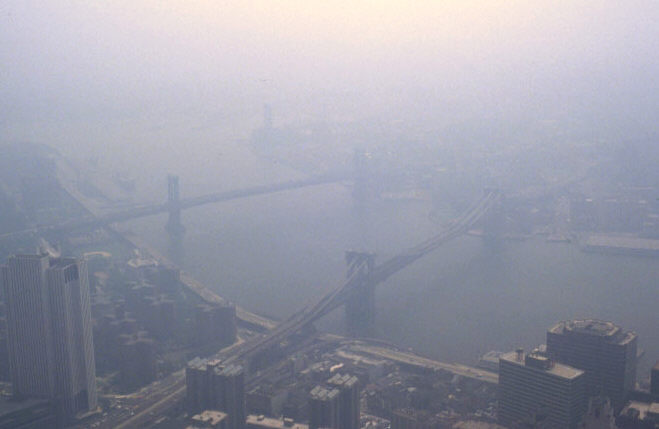California is the largest single market for new vehicles in the United States: more than 1.5 million vehicles are sold each year.
So when state officials speak, the auto industry has to listen.
On Tuesday, Mary Nichols spoke. She heads the powerful California Air Resources Board, which has legal authority to set emissions regulations for vehicles sold in the state.
In a speech that opened the Society of Automotive Engineers' annual World Congress, Nichols minced no words.
She suggested that two automaker trade groups should rescind a petition they filed last month with the U.S. Environmental Protection Agency, asking it to reassess California's requirements for sales of zero-emission vehicles, for which rules were adopted last year.
Those goals were drafted several years ago, and the state will stick firmly to them--with more carmakers required to sell higher volumes starting in 2015--Nichols said in January.
A writeup in The Detroit News notes that on Tuesday, Nichols termed the lawsuits nothing less than "shooting yourselves in the foot, or maybe I could say, tripping over your own halo."
That's about as blunt as any appointed official is likely to get in criticizing large, powerful, global corporations and their lobbyists.
The two trade groups, the Alliance of Automobile Manufacturers and Association of Global Automakers, contend that developing infrastructure and market conditions for specific types of cars--in this case, plug-in electric vehicles--has historically been a Federal responsibility.
California's ability to set its own emissions regulations dates back to its first efforts in the 1960s to control very high levels of photochemical smog, in the Los Angeles Basin and other areas.
Motor vehicle emissions had been identified as the predominant source of smog two decades before, but California was first to regulate tailpipe emissions--well before the U.S. Environmental Protection Agency was founded in 1970 under President Richard Nixon.

Smog in New York City
In the Detroit News piece, Annemarie Pender, communications director for the Association of Global Automakers, is careful to acknowledge the state's legal right to set its own standards for emissions.
It's largely due to CARB's influence that the U.S. now has more aggressive corporate average fuel economy standards from now through 2025.
California established emissions limits not only on so-called "criteria emissions" (carbon monoxide, nitrous oxides, and hydrocarbons) but also greenhouse gases, primarily carbon dioxide.
Emissions limits go hand-in-hand with higher gas mileage, so while the rest of the world regulates tailpipe carbon emissions, the U.S. requires higher gas mileage. The effect is the same.
The much-publicized 54.5-mpg CAFE target for 2025 will actually translate to an average of about 42 mpg on new car window stickers.
+++++++++++













